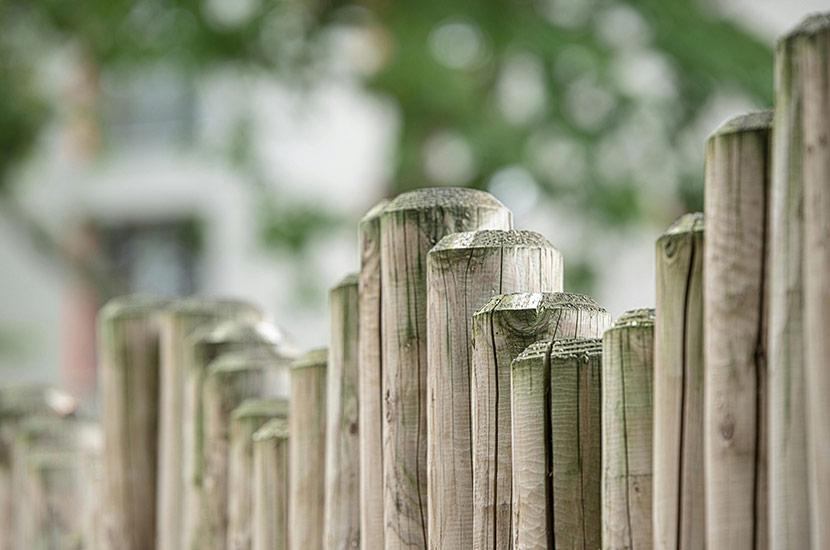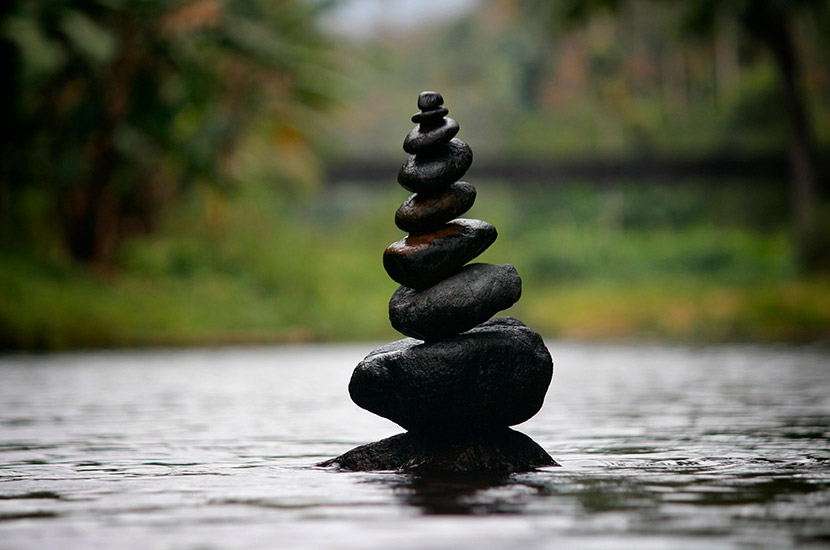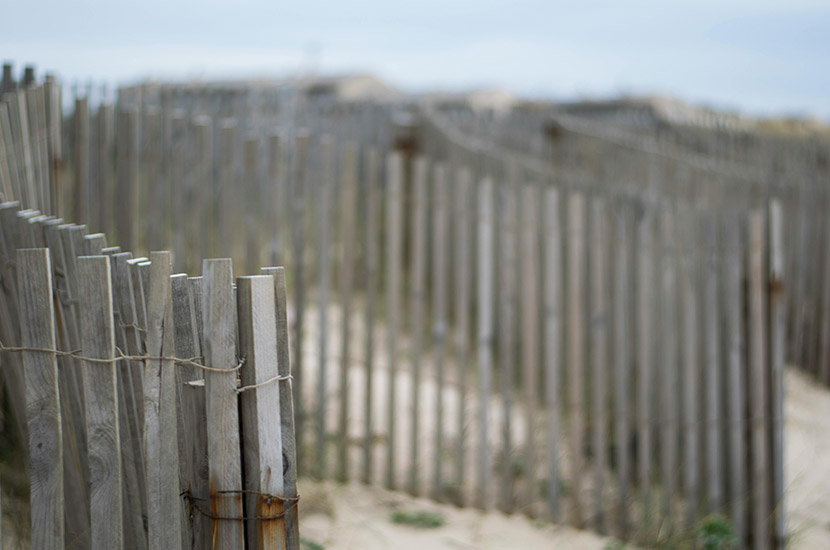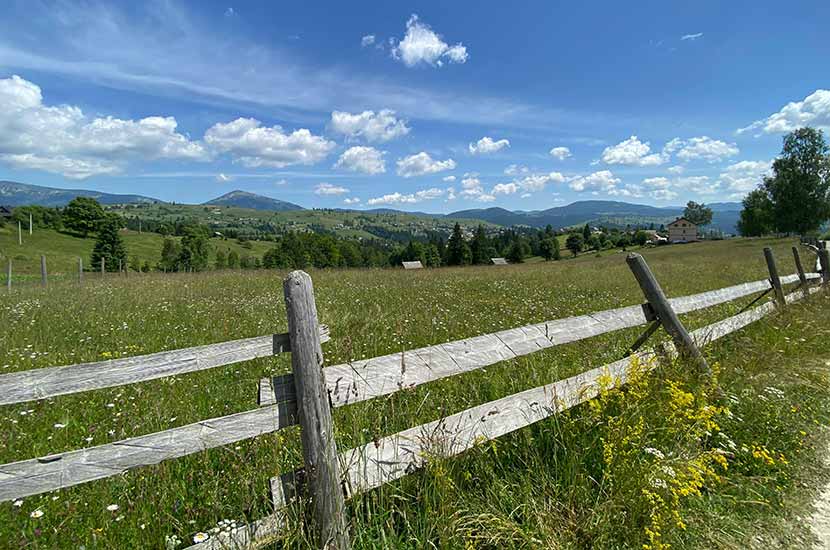Boundaries often feel like a human struggle—saying no without guilt, protecting our energy, and defining the space we need to thrive. But nature already understands boundaries. Animals instinctively set and enforce limits, showing us that boundaries are not just about restriction but also survival, safety, and balance.
In this essay, we’ll explore what animals can teach us about boundaries and how their instincts can inspire us to set healthier, more sustainable limits in our personal and professional lives.
The Wisdom of Boundaries in Nature
Watch any animal in its natural habitat; you’ll see boundaries in action. A wolf pack has a clear social hierarchy, ensuring order and protection. A cat will walk away when it no longer wants attention. Birds migrate when the environment no longer serves them. None of these creatures hesitate, over-explain, or feel guilty—they simply do what’s necessary to preserve their well-being.
What if we applied the same clarity to our own lives?
The Wolf Pack: Defining Roles and Respect
Wolves thrive because of well-defined roles within their packs. Every member has a function, and each wolf respects the hierarchy, ensuring the pack’s survival. If a wolf challenges the leader, it does so within the understood structure of the group.
Lesson: Clarity in roles and expectations is essential in our careers and relationships. Misunderstandings and resentment often arise when we don’t clearly communicate our boundaries or allow others to overstep them.
Application: Define your limits in the workplace and relationships. Be clear about what you will and won’t accept—and communicate it with confidence.
The House Cat: Walking Away Without Guilt
Anyone who has lived with a cat knows they leave when they’ve had enough. No apologies, no explanations—just a simple, instinctive retreat. They don’t worry about offending anyone; they honor their energy and emotional capacity.
Lesson: We often stay in situations too long, whether in conversations, commitments, or toxic environments, out of obligation or fear of disappointing others. But like the cat, we have permission to walk away when something no longer serves us.
Application: When you feel drained, take a step back. Set limits on your availability and recognize that rest and retreat are necessary for long-term well-being.
Birds in Migration: Knowing When to Move On
Birds don’t stay in an environment that no longer provides what they need. They don’t hesitate to move on when the season changes, trusting their instincts and prioritizing survival.
Lesson: Sometimes, we hold on to jobs, relationships, or habits long past their season. But growth requires recognizing when it’s time to move on.
Application: Ask yourself, Am I staying in this situation because it’s truly serving me or just because it’s familiar? Be willing to release what no longer supports your growth.
The Turtle: Carrying Your Own Safe Space
A turtle doesn’t rely on external factors to define its boundaries—it carries them. It retreats into its shell when it senses danger or needs rest, creating an instant protective barrier.
Lesson: We are responsible for setting and maintaining our own boundaries. Others won’t always respect them unless we enforce them.
Application: Set clear limits around your time, energy, and emotional bandwidth. Recognize that protecting your well-being is your responsibility.
The Beauty of Boundaries
Animals don’t second-guess their boundaries. They don’t apologize for taking up space, setting limits, or walking away when necessary. They trust their instincts, and in doing so, they thrive.
We, too, can set clear, respectful boundaries without guilt or hesitation. By observing nature, we can learn to establish limits that allow us to lead with confidence, clarity, and strength.
Want to explore how setting boundaries can help you lead more effectively and authentically? Book a free consultation with me to discuss strategies for strengthening your leadership while honoring your personal and professional limits.
This month’s affirmation: “I protect my energy and honor my growth through healthy boundaries.”








